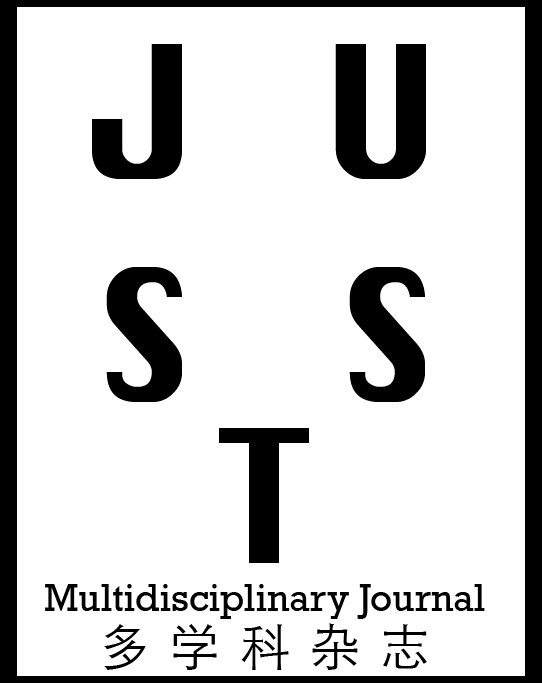Ananya Mitra
Assistant Professor in Economics, School of Humanities, Kalinga Institute of Industrial Technology (KIIT), Bhubaneswar, Odisha, India.
Dr. Himanshu Sekhar Rout
Reader, Department of Analytical and Applied Economics, Utkal University, Bhubaneswar, Odisha,INDIA.
Econometric analysis of Contribution of Education to Economic Growth of India and Odisha
Authors
Abstract
Purpose: Human Capital Index Report ranked India 115 out of 157 countries (2019). Niti Aayog has accepted that about 35 percent of Indian graduates are not employable (Strategy for New India @ 75, 2018). The current study tries to study the contribution of education to economic growth in the post New Economic Policy (1991) era. Method: The study uses secondary data on Gross (State) Domestic Product, population and public expenditure on education. Johansen cointegration is used to study the long run relationship and VectorError Correction model is used to test the short run relations.Finding: Central and state governments, with increase in population over time, increased their public spending on education. Both Fully Modified Ordinary Least Square method adopted for India and DynamicOrdinary Least Square method adopted for Odisha showed that public expenditure on education has positive impact on economic growth of a nation.At India (country) level and at Odisha (state) level economic growth and education have long run relation(Johansen Cointegration Test) but no short run relationship (VECM). The findings hold up to the issue of unemployability among Indian graduates and low HDI score of 0.44 in 2019.Policy Implication: Indian education is more outcome oriented than output oriented. The dichotomy between vocational education and general education needs to be dissolved. Adding skill befitting to knowledge is the need of the hour.
